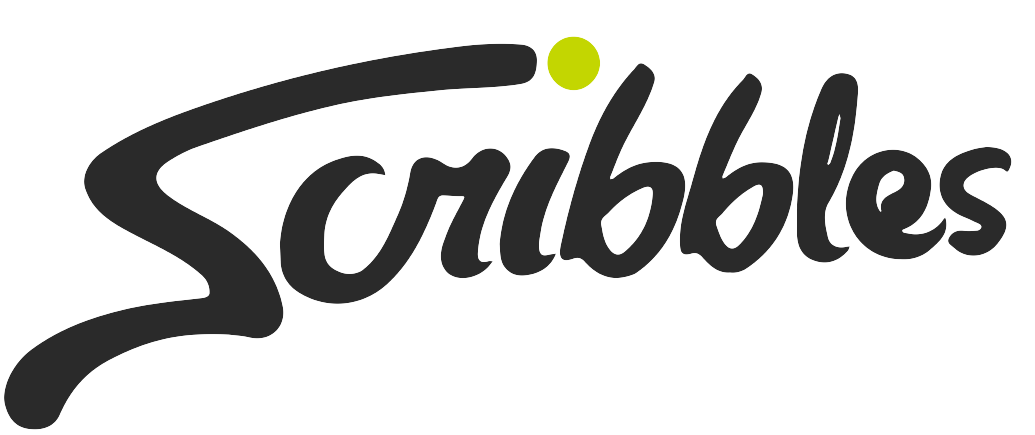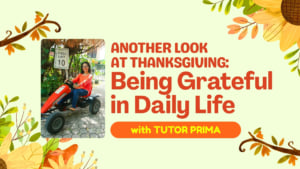Kimono means “something that is worn”; it was an everyday choice a long time ago. Now, people use them for special occasions. There are a number of different types of kimonos. Each type of kimono is worn on a specific occasion—coming-of-age day, wedding, and tea ceremony. These kimonos also showcase a person’s status as well as whether they are still single or already married.
Yukata
If you are into anime and manga, then the yukata is nothing new to you! The yukata or “bathing cloth” is a casual kimono style that’s worn to festivals. Its robe is usually synthetic or made of cotton and wrapped around the body. A sash or an obi is used to secure the robe. Traditionally, the yukata is used after bathing in a communal bath because it’s absorbent and a quick cover-up. In addition, this is the dress code at ryokan in onsen towns. This style lets you experience strolling in the streets like past centuries. The best part of it is you get to wear a geta or wooden clogs!
Furisode
The furisode or “swinging sleeves” is worn by young or unmarried women in general. This is one of the different types of kimonos that women wear on coming-of-age day and other occasions like the tea ceremony. This type is the most formal Japanese kimono. Its sleeves can reach up to 39 to 40 inches long and are decorated with colorful patterns. Its level of formality depends on the length of the sleeves; the longest is the most formal.
There are three kinds of furisode. Firstly, the kofurisode has the shortest sleeves and it isn’t as common. It was the style for Japanese school girls in the Meiji period, worn with the hakama or formal pants and boots. Second is the chu-furisode, it’s lighter and cooler than the ofurisode. It also became popular among young women. Last is the ofurisode, the classiest and most formal. This type of kimono is durable and has a bit of weight because of its padding.
Men’s Kimono
There are also different types of kimonos for men and they used to wear it everyday. Men’s kimonos have minimal colors and a simple design. Men’s most formal kimono type is a hakama or kimono pants and a Haori or kimono jacket. This type of kimono has ranks and they’re decided by the material used. It can be divided into three types, each with their own rank.
First, the kuromontsuki haori hakama, it is the most formal type in the Meiji and Samurai period. Second is the Iromontsuki haori hakama, a high-rank dress used for formal occasions. This type is considered to be casual and it contains a kamon or a formal Japanese emblem. The fewer the kamon, the lower the rank. The last type is the nagagi, it is the most casual type of men’s kimono that is worn for informal occasions.
All these different types of kimonos look so elegant no matter the rank some of them hold. You just have to try one out when you decide to visit Japan!







